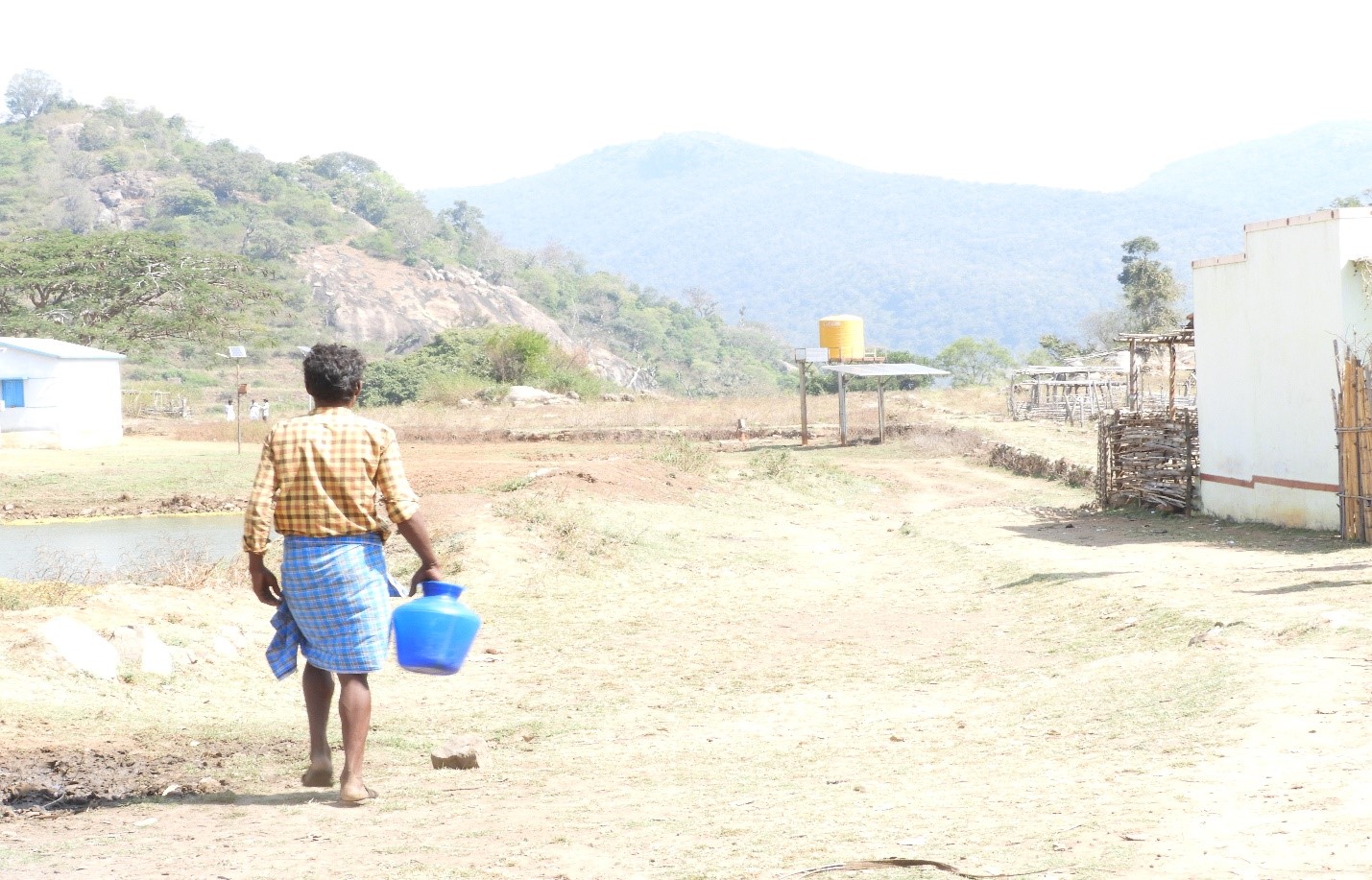Livestock rearing is an important livelihood activity in rural India . Several pastoral communities herd livestock under different production systems ranging from nomadic and semi nomadic to transhumance. Pastoralists comprise an estimated 5% of the country’s population .
Pastoralists and other livestock rearing communities mainly herd livestock using natural pastures to graze and sustain their animals. Some of these grazing areas lie close to forests or are within forests themselves .
The Dhangars are one such pastoral community who live in the western state of Maharashtra in India . The Dhangars are divided into several sub groups but the best known are the Hatkars who herd sheep and goat and the Dange or Gawli who herd cattle and buffalo. The Hatkar Dhangars practice nomadic pastoralism and migrate with their animals anywhere from 3 months to 9 months in a year with their families a few months to almost the entire year . These families also keep a few horses to transport their belongings , a few dogs for protecting their flocks and some chicken for providing them eggs and meat while on migration . Women and children travel with the flocks. While men herd sheep, women set up camp, fetch water, cook, clean , wash , sew , take care of young animals and chicken.
The Dange Dhangars live in the western Ghats close to the forests. In the past they kept buffalo as buffalos were less likely to be attacked by predators such as tigers. Today , in response to the changes they have begun to herd cattle and have settled in their home villages. They also practice some crop agriculture
In India over 200 ditribes engage in pastoralism, the tradition whereby households breed livestock, the majority for their own consumption, that graze from natural pasture. Pastoralists are estimated to comprise 6% of the country’s population and are divided into groups practicing horizontal movement patterns in the dryland regions and vertical movement patterns in the mountainous areas.
Long distance herding of cattle, sheep, goats and other livestock is not uncommon as grazing pastures becomes scarcer through the year and can extend for up to 9 months of the year. Pastoralist routes based on seasonal exploitation of vegetation are often dependent on forested areas for grazing. These forest habitats are a significant source of zoonotic diseases (that spreading from animals to humans).
For pastoralist communities dependent on forests for grazing livestock, passing through these regions comes with the increased risk of being exposed to zoonotic pathogens. Three neglected zoonotic diseases, Leptospirosis, Kyasanur forest Disease and Scrub Typhus, widespread across the Western Ghats forest communities cause severe complications and death if left untreated.
Although we understand zoonotic diseases are increasing globally, we still lack knowledge on how these diseases circulate between wildlife, livestock and people as they use forests, and how environmental changes like forest degradation interact with human migration routes.
